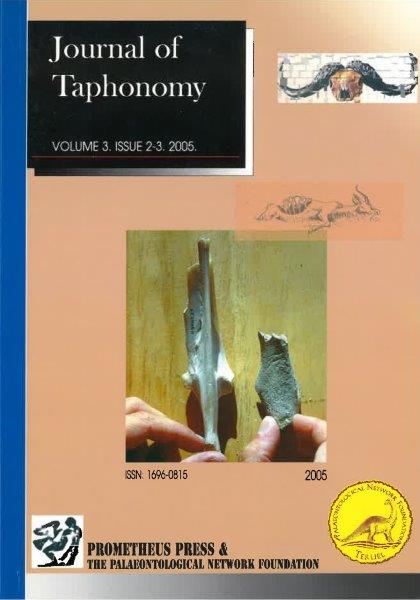Taphonomy in Present Day Desertic Environment: The Case of the Djourab (Chad) Plio-Pleistocene Deposits.
Denys, Christiane, Schuster M., Guy F., Mouchelin G.,Vignaud P., Viriot L., Brunet M, Duringer P., Fanoné F., Djimdoumalbaye A, Likius A, Mackaye H.T., Sudre J.
Keywords: DJOURAB DESERT, CHAD, HOMINIDS, WIND ABRASION, REWORKING
Preliminary taphonomic studies were conducted on three different early hominid Chadian sites aged between 5 Ma and 3 Ma (KB, KL, KT fossil areas). Specific excavations and taphonomic sampling protocols were established. Research of the various alterations and the origins of bone modifications were carried out. All fossil assemblages bear traces of carnivore tooth marks as well as weathering and wind/water polishing. Digestion is present on bones from the KB & KL sites. Rootmark traces were found only on bones from the KB and KT sites. All three sites display various polishing patterns among which much of the abrasion results from wind polishing on the top surface, on the exposed face of large flat bones difficult to move. By contrast water action works on all faces of polished bones. KL seems to show more water transport influence than the two other sites. Weathering stages are light to heavy (stages 2-4) and the presence of gnawing, and traces of roots plus tooth marks indicates that bones stayed sometimes on the soil surface and that the assemblages may be of attritional origin. But the low density of bones and the presence of a very thin fossil layer are very exceptional and it is not clear weather the fossil sites have been condensed during the past or if this is the result of present day extreme desert conditions. More detailed work on other Djourab sites should allow to refine the taphonomic history concerning these early hominid accumulations and formation.



